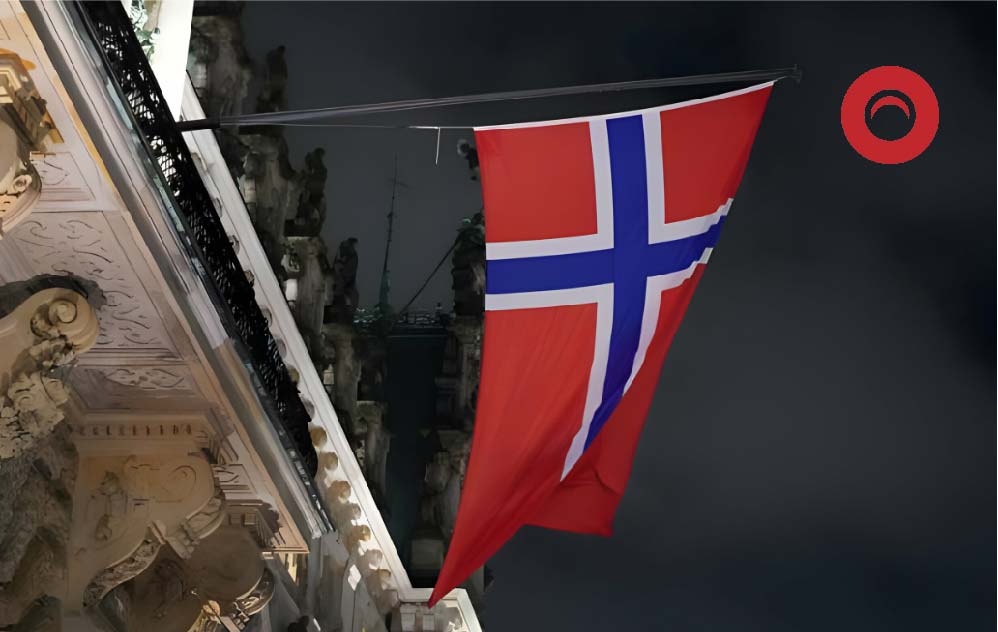Introduction: The Norway flag is more than just a national emblem; it’s a symbol of the country’s rich history, cultural pride, and enduring spirit. In this article, we delve into the origins, design, and significance of this iconic flag, illuminating its role in both historical and modern contexts.
History of the Norway Flag: The current design of the Norway flag was adopted on July 17, 1821. The flag’s history is a fascinating journey through Norway’s past, from its days under Danish rule to its union with Sweden, and finally, to its full independence. The flag symbolizes Norway’s struggle for freedom and its resilient national identity.
Design and Symbolism: The Norway flag features a deep blue Nordic cross outlined in white on a red background. The cross, a common element in Scandinavian flags, represents Christianity. The red, white, and blue colors symbolize freedom and independence, aligning Norway with other democratic nations.
The Nor way Flag in Modern Culture: Today, the Norway flag is a source of immense national pride. It’s prominently displayed during national holidays like Constitution Day and at various sporting events, embodying the spirit of unity and patriotism among Norwegians.
FAQ Section:
- When was the Nor way flag officially adopted? The Norway flag was officially adopted on July 17, 1821.
- What do the colors of the Norway flag represent? The red, white, and blue colors symbolize freedom and independence.
- How is the Norway flag used in modern Norway? The flag is widely used during national holidays, sporting events, and as a symbol of national unity.
In conclusion
the Nor way flag stands as a powerful symbol of Norway’s history, culture, and values. It’s a source of pride for Norwegians and a symbol recognized worldwide for its distinct and meaningful design.

